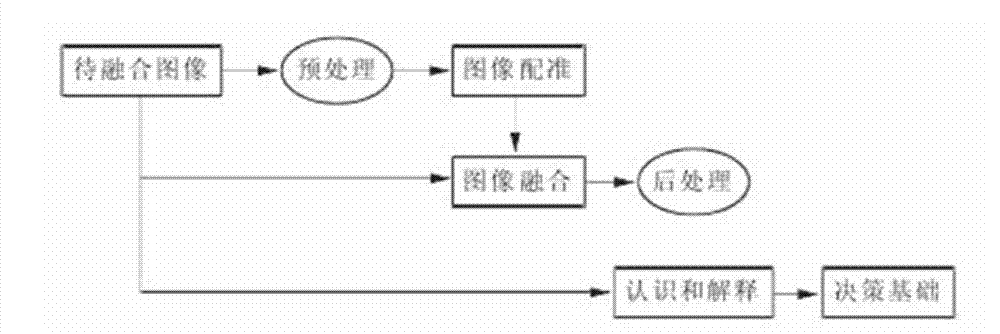Noninvasive standard registration device applicable to fusion imaging in ultrasonography, CT (computed tomography), MRI (magnetic resonance imaging), PET (positron emission tomography) and the like
A non-invasive, -CT technology, used in medical science, surgery, diagnosis, etc., can solve the technical difficulties, time-consuming, and lack of standardization of ultrasound images in fusion and registration of ultrasound images.
- Summary
- Abstract
- Description
- Claims
- Application Information
AI Technical Summary
Problems solved by technology
Method used
Image
Examples
specific example
[0074]A 45-year-old male patient came to the doctor because of headache. MRI showed a left parasellar tumor with a diameter of 3 cm. Diagnosis: left parasellar meningioma. For accurate surgical positioning, ultrasound-MRI fusion imaging was performed. Before the MRI scan, the patient lies supine on the forehead and fixes the device of the present invention (the base of the device is a thin 3×4cm square with adhesive tape on one side, and a clip on each of the four corners of the non-adhesive side corresponding to the bayonet at the four corners of the lower end of the device body). MRI performs standard cross-sectional scans on the patient's head and the device of the present invention to obtain detailed intracranial images and detailed cross-sectional images of each geometric plane frame inside the device of the present invention. The next day, the patient's MRI DICOM image data was copied into the computer of the ultrasound fusion imaging system. In the electromagnetic fiel...
Embodiment 2
[0079] Example 2 Guidance of radiofrequency ablation of liver tumors under the background of liver cirrhosis
[0080] 1. Specific examples
[0081] The patient is a 50-year-old male with 20 years of hepatitis B and liver cirrhosis. Both routine ultrasound and CT revealed a solid space-occupying tumor in the right liver with a diameter of 2cm. Diagnosis: primary liver cancer of the right liver. Ultrasound-guided radiofrequency ablation was proposed. For accurate surgical positioning, ultrasound-CT fusion imaging was performed. Before the CT scan, the patient was placed supine in the liver area to fix the device of the present invention (the base of the device is a thin 3×4 cm square with adhesive tape on one side, and a clip on each of the four corners of the non-adhesive side corresponding to the bayonet at the four corners of the lower end of the device body). CT performs standard cross-sectional scans on the abdomen of the patient and the device of the present invention t...
Embodiment 3
[0088] Example 3 The device of the present invention successfully forms the fusion of intracavitary ultrasound or esophageal ultrasound and CT images
[0089] 1. Specific examples of intracavity ultrasound
[0090] The patient was a 35-year-old male with acute pancreatitis after alcoholism. Conventional ultrasound and CT revealed a cystic mass in the tail of the pancreas with a diameter of 5×7cm. Diagnosis: Pseudocyst of the tail of the pancreas. Gastric-pancreatic tail puncture drainage under the guidance of endoscopic ultrasound is planned. For accurate surgical positioning, ultrasound-CT fusion imaging was performed. Before the CT scan, the patient is placed in a supine position, and the device of the present invention is fixed in the center of the abdomen near the anterior wall of the stomach (the base of the device is a light and thin 2×3 cm square with adhesive tape on one side, and a clip on each of the four corners of the non-adhesive side corresponds to the lower en...
PUM
 Login to View More
Login to View More Abstract
Description
Claims
Application Information
 Login to View More
Login to View More - R&D Engineer
- R&D Manager
- IP Professional
- Industry Leading Data Capabilities
- Powerful AI technology
- Patent DNA Extraction
Browse by: Latest US Patents, China's latest patents, Technical Efficacy Thesaurus, Application Domain, Technology Topic, Popular Technical Reports.
© 2024 PatSnap. All rights reserved.Legal|Privacy policy|Modern Slavery Act Transparency Statement|Sitemap|About US| Contact US: help@patsnap.com










